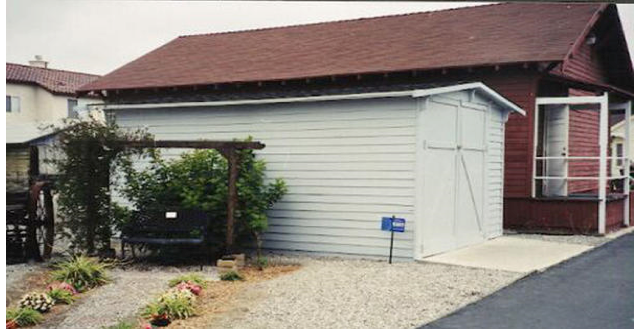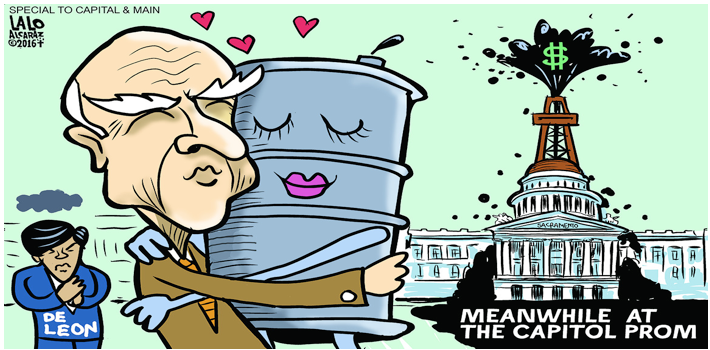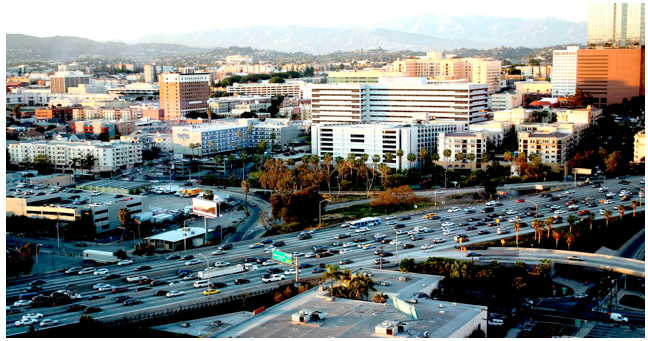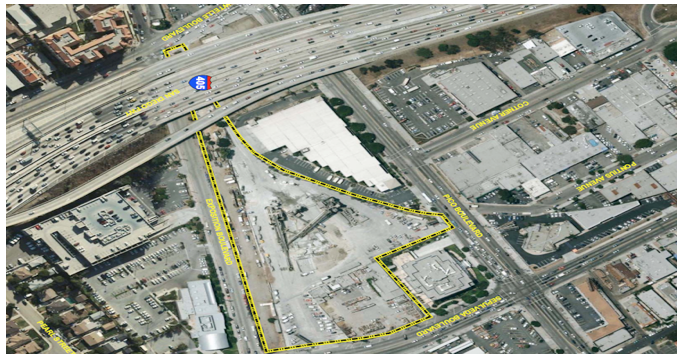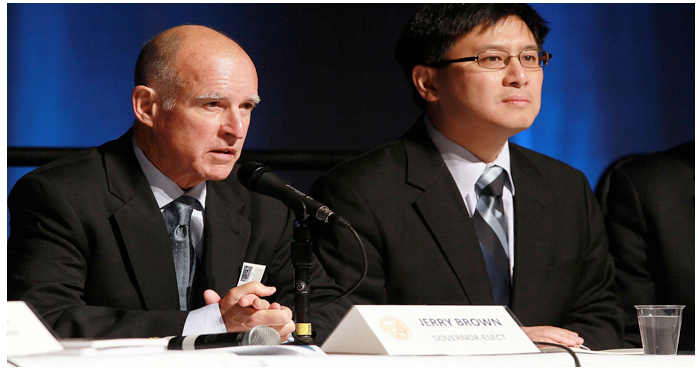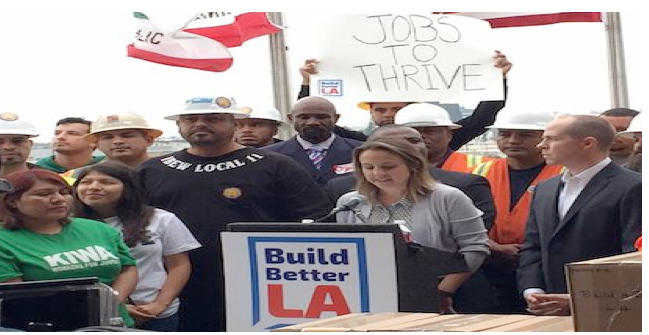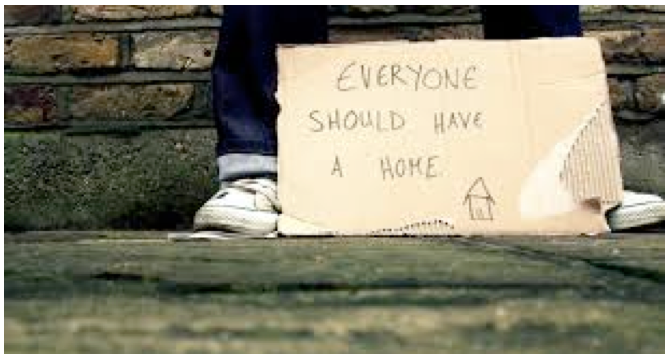LA Planning’s Secret Destruction Policy: First Marilyn Monroe, Now Walt Disney
THE CITY-The desecration of Los Angeles’ history steps it up a notch. Apparently, it’s now Walt Disney who no longer merits consideration.
As my article in CityWatch reported on August 21, 2015, Marilyn Monroe’s Valley Village home did not merit historic preservation because she was not famous when she lived there. Now, Walt Disney’s first Los Angeles home, a 1914 Craftsman, is also set for destruction. (Photo above.)
What we did not fully understand in August 2015, was the biased and illicit manner in which homes that clearly have historic significance are placed under the ax. Once a home is destroyed, it is gone forever and Angelenos need to know who within the city hierarchy is a Wolf in Sheep’s Clothing. There is no honor in covering up the misdeeds of those who have betrayed the public trust. We wonder if the same bias has played a role in putting this property on the chopping block.
Ken Bernstein, AICP Manager, Office of Historic Resources and the principal city planner in Policy Planning in LA’s Department of City Planning, was the person who decided that Marilyn Monroe’s home had no historic significance. He based his opinion upon a biased report which the City had expressly requested the developer to submit. Mr. Bernstein’s April 9, 2015 secret opinion was contained in two emails that were withheld from the public. Two other vital documents, which had been given to Mr. Bernstein, never made it into the public record: the historic report from Architectural Resources Group (The ARG report) and the historic report from noted Los Angeles historian Charlie Fisher (the Fisher report.)
The City had expressly solicited a biased report from ARG that would give Mr. Bernstein a basis for allowing Marilyn’s home to be demolished. But it contained many facts showing that the City needed to study the situation. And if one could have looked at those facts -- including not only Marilyn’s role but also the independent history of this property as an existing example of how Valley Village homes had evolved since 1912 -- one could have seen how the City should always look for alternatives to destroying these historic structures. However, Mr. Bernstein was having none of that; the ARG report was withheld from public record, even though it definitely belonged in the public record.
By withholding the ARG report, it was not possible to show that Mr. Bernstein’s email opinions (which cleared a path for the destruction of Marilyn’s home) were contrary to the facts in the ARG report.
Similarly, the Fisher report never made it into the public record via Mr. Bernstein’s office. We know that Mr. Bernstein was aware of it since he referred to it in his first April 9, 2015 email “expert opinion.” Four pages of the Fisher report, however, did make it into the Administrative Record. This was because a community person had attached them to an email submitted directly into public record without being routed through Mr. Bernstein’s office. Only after the City found that portions of the Fisher report had actually appeared in the court record did it let anyone know about the ARG report.
Since there seems to be a direct parallel between Mr. Bernstein’s “expert opinion” to destroy Marilyn’s home and the facts surrounding Walt Disney’s home, we can expect Walt’s home to disappear within a matter of days – if not minutes.
Here’s the parallel and why people need to act ASAP:
Parallel #1. Bernstein’s secret April 9, 2015 emails said that since Marilyn had lived in the Valley Village home with her in-laws before she was discovered, the property could not be considered historic. Of course, Mr. Bernstein’s logic then makes the birth place of every other famous person also non-historic. His first April 9, 2015 email said:
“Thanks, Tom, for checking back with us on this — I hadn't noticed that the APC hearing was happening today. Yes, we reviewed the ARG historic resources assessment, found it complete, and agreed with the findings. understand from Lambert that another consultant, Charlie Fisher, may raise the argument that Marilyn Monroe was first discovered during the period she lived at this property, but I would agree with ARG's conclusion that this alone isn't sufficient to make the building eligible for designation.” - Ken Bernstein, April 9, 2015 email at 12:47 p.m.
About one hour later, Mr. Bernstein beefs up that email opinion. But he still fails to mention a single fact in the ARG report; instead he now conceals the Charlie Fisher report. Of course, any fair-minded person reading an expert opinion which was rendered BEFORE he saw the Charlie Fisher report would have to disregard Mr. Bernstein’s opinion. Mr. Bernstein’s re-written opinion at 1:49 states:
“I wanted to let you know that the Office of Historic Resources' staff did review the historic resource assessment for 5258 Hermitage, prepared by Architectural Resources Group. We found the report to be thorough and complete, and concurred with the report's findings. While we understand that Marilyn Monroe was initially "discovered" to begin her modeling career while living at this property, this alone is not sufficient to qualify the property for historic designation.
Our eligibility standards for SurveyLA, our citywide historic resources survey, are consistent with the guidance from the National Park Service: properties achieving eligibility for designation due to their association with historic persons should be those associated ‘with a person's productive life, reflecting the time period when he or she achieved significance.’ Because this property is from the earliest stages of Monroe's career, and she was not discovered at this particular site, the historic association at this site is not sufficient to meet designation criteria.” - Ken Bernstein, April 9, 2015 at 1:49 p.m. email.
Parallel # 2. Walt Disney lived on this property before he was famous. By the “Bernstein Test,” it then merits no protection. Walt Disney lived here with his aunt and uncle when he first came to Hollywood. He was an extra at Paramount Pictures.
There is much more to the Walt Disney story while he lived at this property and there is much more to the Marilyn Monroe story while she lived in Valley Village. Those facts were ignored by Mr. Bernstein.
It seems that the courts don’t much care whether or not the facts are hidden from the public. As long as Mr. Bernstein gets to see the reports, all that matter is his opinion – his secret opinion which is shared only with the insiders.
What are the rules which are supposed to govern expert opinions?
An expert such as Mr. Bernstein may testify in court when his opinion is based on “sufficient facts” and his opinion is “the product of reliable principles and methods” and “the expert has reliably applied the principles and methods to the facts of the case.” - Fed. Rule of Evidence Rule 702.
Mr. Bernstein violated every element of Rule 702. He relied on a biased report expressly solicited by the City to be against finding the need to study the Marilyn property. He withheld the facts in the ARG report. Those violations alone disqualified his opinion.
What credible expert admits to knowing that another professional report will be submitted within a few days, yet renders his opinion before seeing the report? Is this what passes for “reliable principles and methods?” Obviously, yes – in the City of Los Angeles.
Has Mr. Bernstein already issued another secret opinion via an email to the developer of the Walt Disney property? No one in the public knows because secrecy is the policy.
Has Mr. Bernstein solicited another biased report from the persons who want destroy more of LA’s history? No one in the public knows, again, because secrecy is the policy.
UPDATE—Councilman Ryu, using a rarely used legal maneuver, on Wednesday, managed a reprieve for this house with Disney ties. Here’s the full update.
(Richard Lee Abrams is a Los Angeles attorney. He can be reached at: [email protected]. Abrams views are his own and do not necessarily reflect the views of CityWatch.) Graphic credit: LA Curbed. Edited for CityWatch by Linda Abrams.

